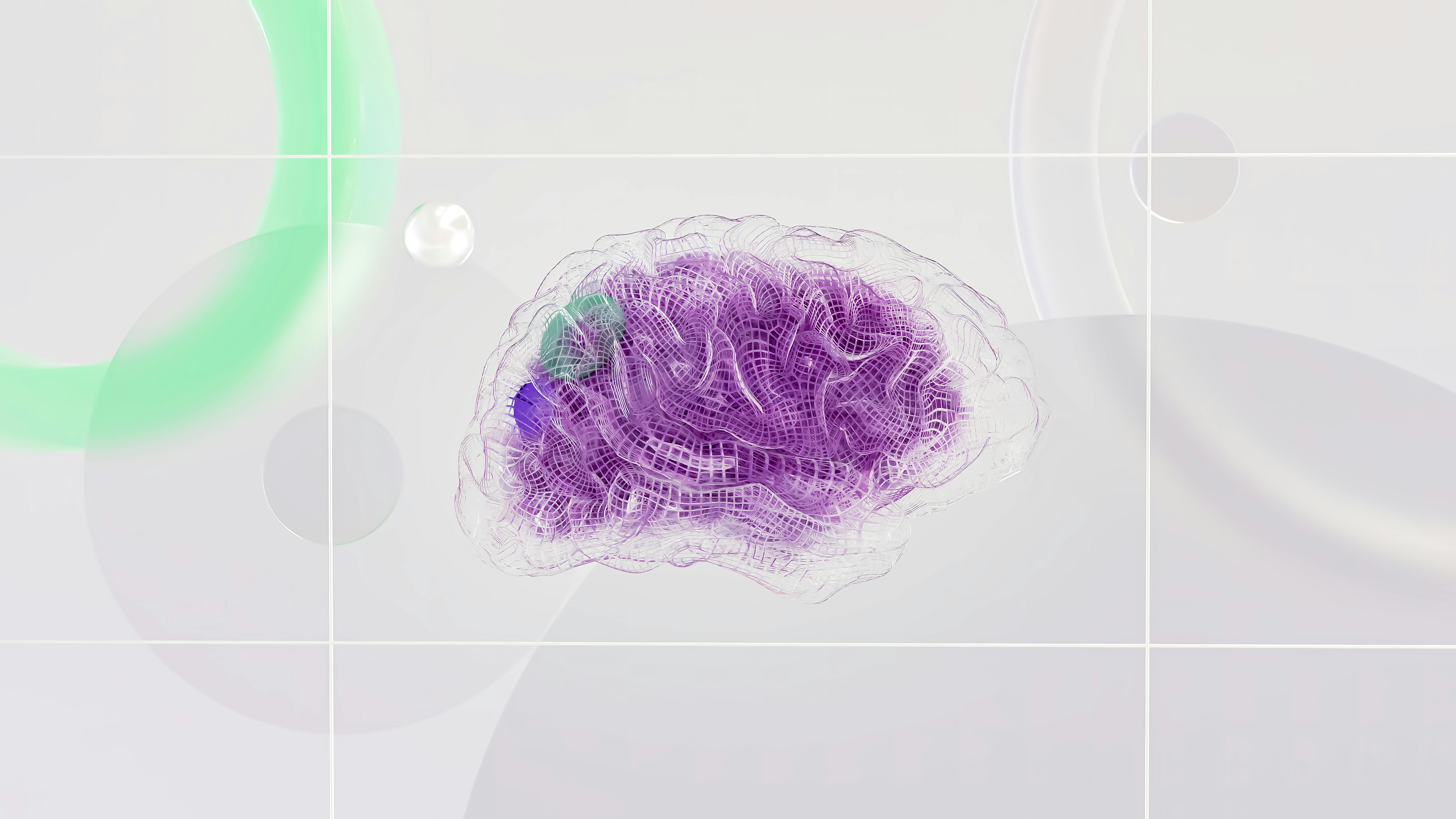The Intriguing Science of Neuroplasticity: Your Brain's Ability to Change
Have you ever considered the wonders of your brain's ability to adapt and evolve? Neuroplasticity, a revolutionary concept in neuroscience, is the brain's remarkable capacity to reorganize itself by forming new neural connections. This article delves into the fascinating world of neuroplasticity, providing you with a comprehensive understanding of its importance and potential applications in health and wellness.

Neuroplasticity: The Backbone of Brain Evolution
Neuroplasticity is not a recent discovery. It was first proposed in the late 19th century by leading neurologist William James but was widely ignored by the scientific community. However, the 20th century brought significant advancements in neuroimaging technologies, allowing for more in-depth exploration of the brain’s structure and function. As a result, neuroplasticity gradually gained recognition as a fundamental principle governing brain function.
Current Health Trends and Research in Neuroplasticity
Today, neuroplasticity is a hot topic in the health and wellness field. It is at the core of many therapeutic interventions, including cognitive-behavioral therapy and neurofeedback. For instance, studies have shown that individuals suffering from depression can benefit from therapies that capitalize on neuroplasticity, leading to improved mood and cognitive function.
The Science and Practice of Neuroplasticity
Neuroplasticity operates on a simple principle: “Neurons that fire together, wire together.” This means that repeated mental experience leads to strengthened neuronal connections, which can ultimately alter brain function. However, while this principle offers immense potential for healing and growth, it also presents challenges. Unhealthy thought patterns, if repeated, can reinforce detrimental neural pathways, contributing to mental health disorders such as anxiety and depression.
The Evidence: Neuroplasticity and Wellness
Research supporting neuroplasticity is vast and convincing. Numerous studies have demonstrated that mindfulness-based interventions, such as meditation and yoga, can lead to positive neuroplastic changes, enhancing cognitive abilities and emotional well-being. Furthermore, certain lifestyle modifications, including regular physical exercise and a healthy diet, can also promote neuroplasticity, improving brain health and function.
Neuroplasticity Nuggets
- Engaging in new experiences can trigger neuroplastic changes, enhancing brain function.
- Regular physical exercise promotes neuroplasticity.
- Mindfulness-based practices like meditation and yoga can stimulate positive neuroplastic changes.
- Negative thought patterns can reinforce unhealthy neural pathways, highlighting the importance of maintaining a positive mindset.
In sum, neuroplasticity is a powerful, science-backed concept that has revolutionized our understanding of the brain and its potential for change. By harnessing the power of neuroplasticity, we can enhance our cognitive abilities, emotional well-being, and overall health. So remember, it’s never too late to change your brain - and in doing so, change your life.





